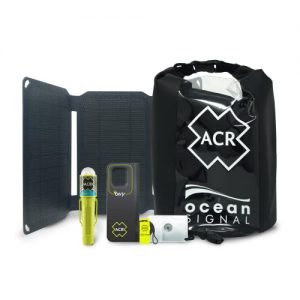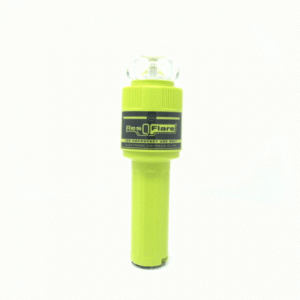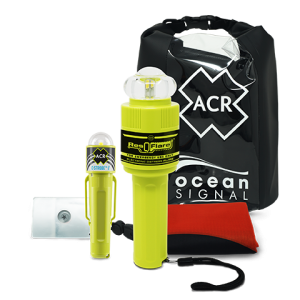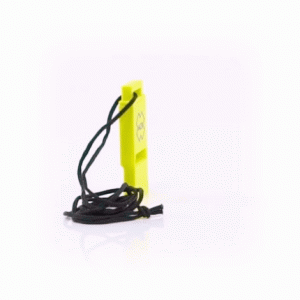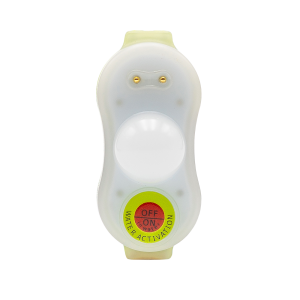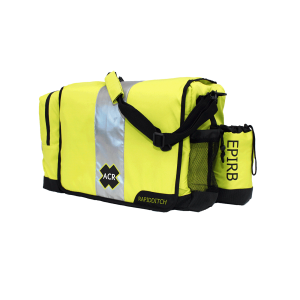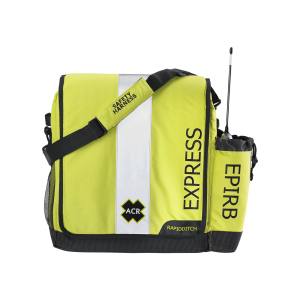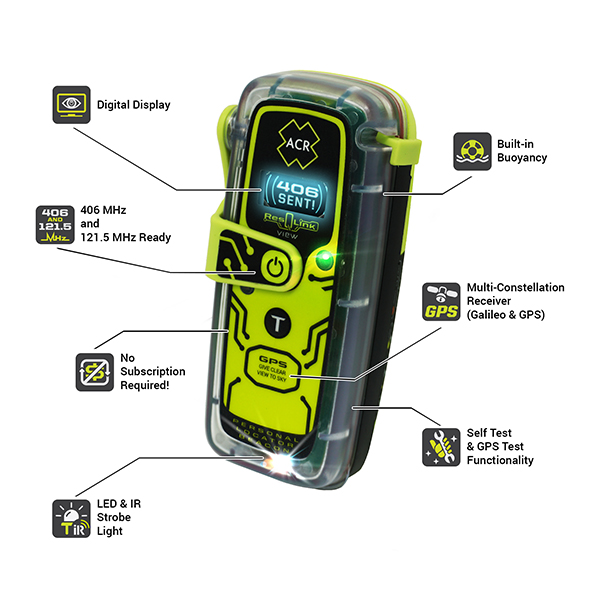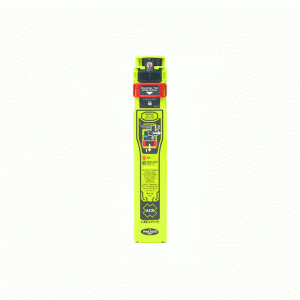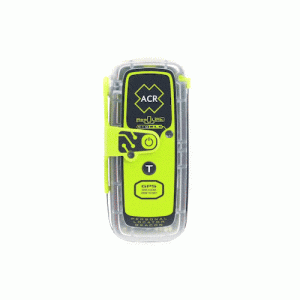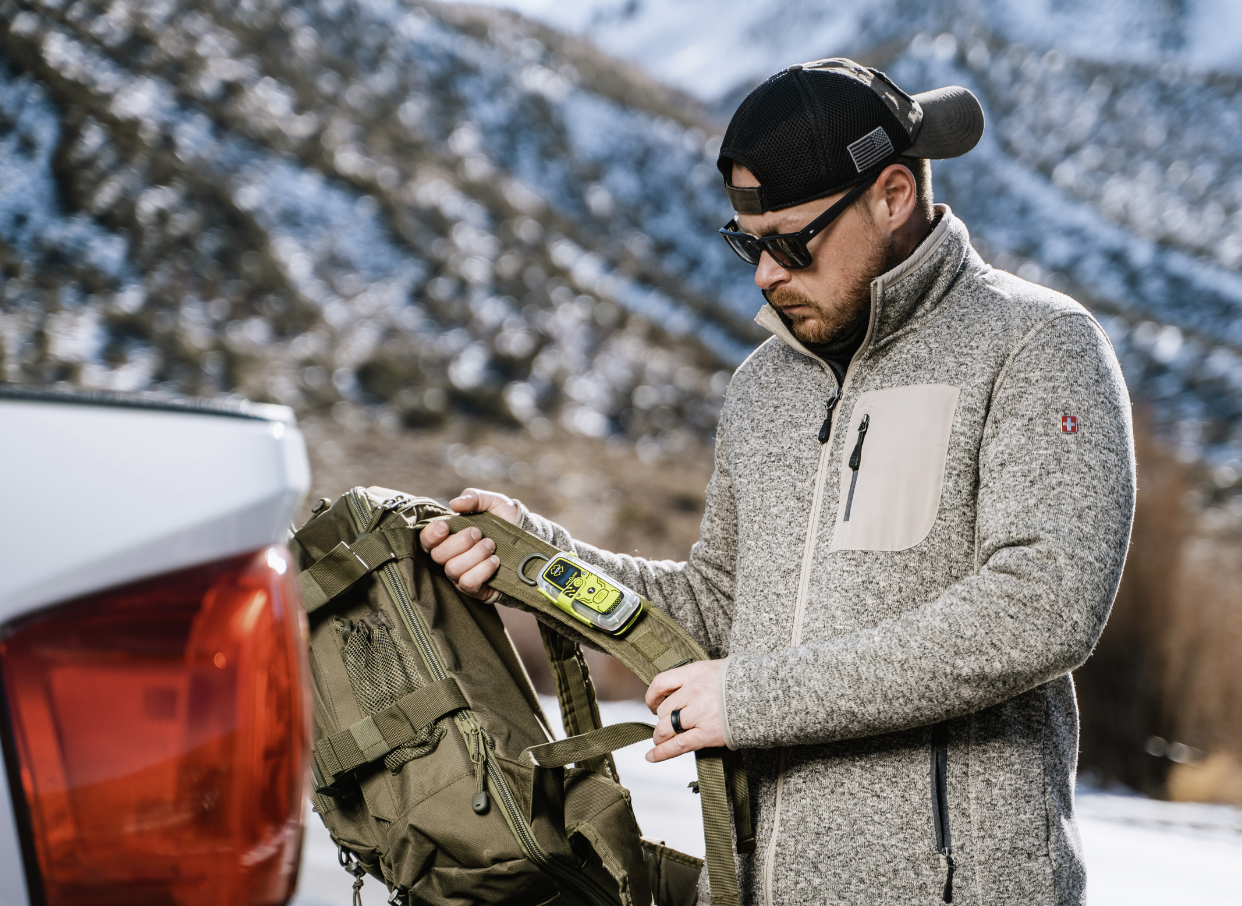
Trip Planning: Quick Tips!
Posted on March 21, 2023
Trip planning is an important part of any adventure/vacation, whether you are planning a day hike, multi-day camping trip, or voyage on the ocean.
Here are some steps you can take to help prepare for potential emergencies:
1. Research the area:
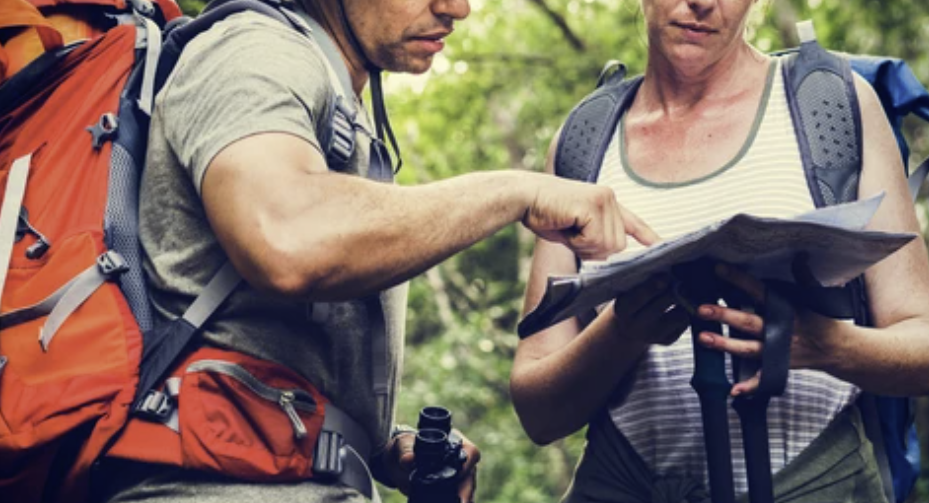
Climate, wildlife, and more are entirely dependent on where you’re heading.
Before heading out, research the area you will be visiting, including the weather conditions, terrain, and potential hazards such as wildlife, flash floods, or rockslides. Make sure to also research any regulations or rules that may apply, such as restrictions on campfires or permits for backcountry camping.
Here’s some resources for getting some information prior to your trip/adventure:
2. Create a trip plan:
Make a detailed plan for your trip, including your route, estimated travel time, and planned stops. Share this plan with a trusted friend or family member who is not joining you on the trip. Make sure to also include your contact information and any emergency contacts in the plan.
3. Pack essential gear:
Make sure to pack essential gear for your trip, including a first aid kit, emergency shelter, extra food and water, a map and compass, and a communication device such as a satellite communicator or emergency beacon.
Another factor, depending on your activity is emergency strobes, lights, pouches, ditch bags and/or dry bags. Keeping gear intact and ready for deploy is a critical factor. Keeping it in a location where it’s not only is easy to remember but easy to access can critical too.
4. Know basic first aid:
Take a basic first aid course to learn how to treat common injuries and illnesses that can occur on a trip to the outdoors, such as sprains, cuts, and hypothermia.
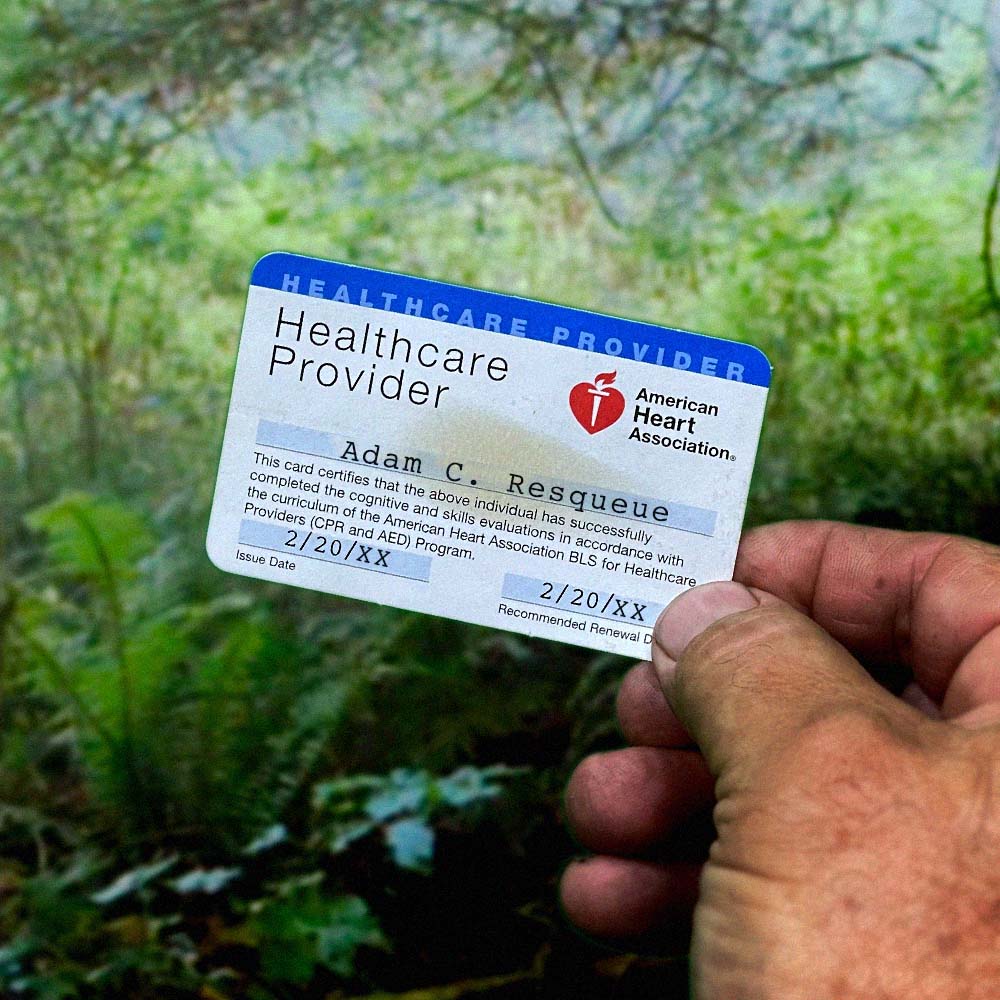
Basic first aid, and having a first aid kit can sometimes have a monumental effect in keeping your party safe!
5. Prepare for emergencies:
Have a plan in place for what to do in case of an emergency, such as getting lost, encountering dangerous wildlife, or experiencing a medical emergency. Make sure everyone in your group knows the plan and how to use any emergency equipment.
7. Have an communication plan:
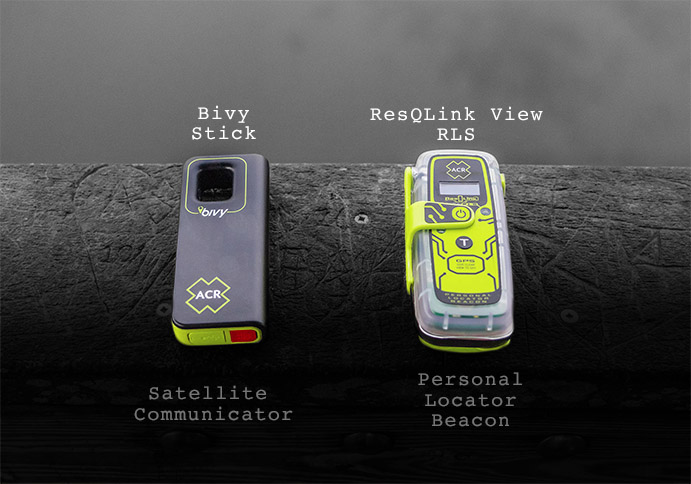
Create a plan for how you will communicate with your family, friends, and emergency services in case of an emergency. This plan should include contact information for emergency services such as police, fire, and medical services, as well as the contact information for family and friends who can help in an emergency.
Use multiple communication methods to increase the chances of getting through in case one method fails. For example, you might use your cell phone, but you may not have any cell service. Satellite communication devices could help when you’re out of range, but are dependent on subscription fees and may have limited battery life.
An ACR Personal Locator Beacon has the following features designed for emergency communications:
- Global Standard Emergency Signals (406 MHz & 121.5 Mhz)
- LED Strobe and Infrared Strobe Arrays
- Multi-Constellation GNSS Receiver, allows for exact global tracking via GPS
- Built-in Buoyancy
- Digital Display (ResQLink View & ResQLink View RLS)
- Versatile clip mounting system
- Over 24+ of operational time
- 5 year battery life
- No subscription required
Carry a beacon as an item of last resort. Cell phones and other casual communication devices run out of battery or have limited service. You or others may not be able to properly activate it when in crisis. A personal locator beacon or PLB can make the difference between getting home and not. These devices have been active for over 20 years and are tested to survive the harshest environments.
PLBs transmit not only a dedicated emergency signal but also your exact location using GNSS(GPS) satellite location.
Finally, be aware of the best methods to physically signal for help once search and rescue or a good samaritan are in the area. Fire, light, movement, bright colors and even loud noise could help facilitate your own rescue.
6. Stay aware of your surroundings:
Stay aware of your surroundings at all times, and be prepared to change your plans if conditions become too dangerous. Watch for signs of changing weather or other hazards, and make sure to follow any warnings or advisories from park rangers or other authorities.
By following these steps, you can help ensure that you are prepared for potential emergencies and can enjoy your trip to the outdoors safely and responsibly.
